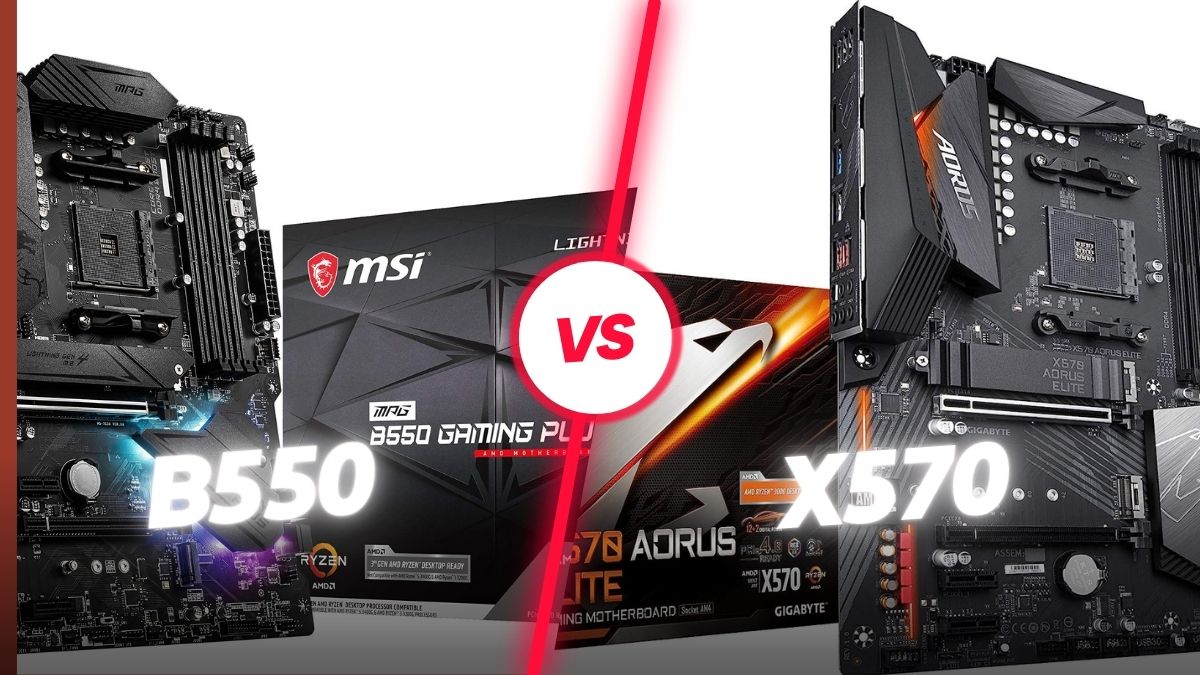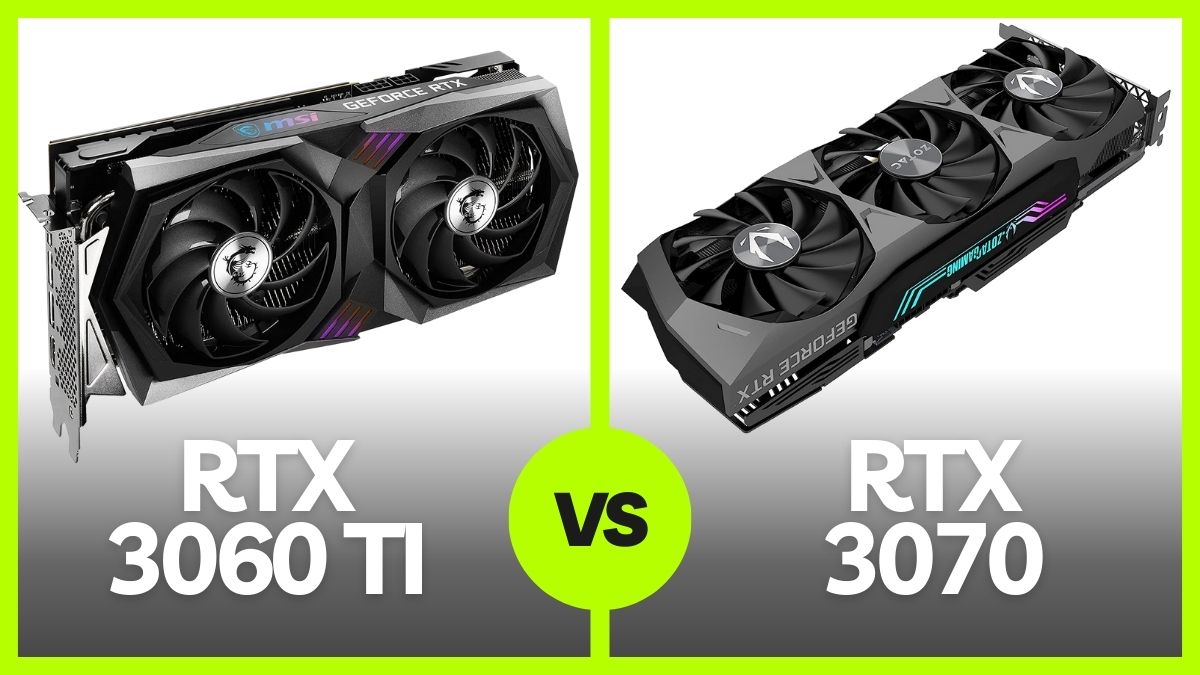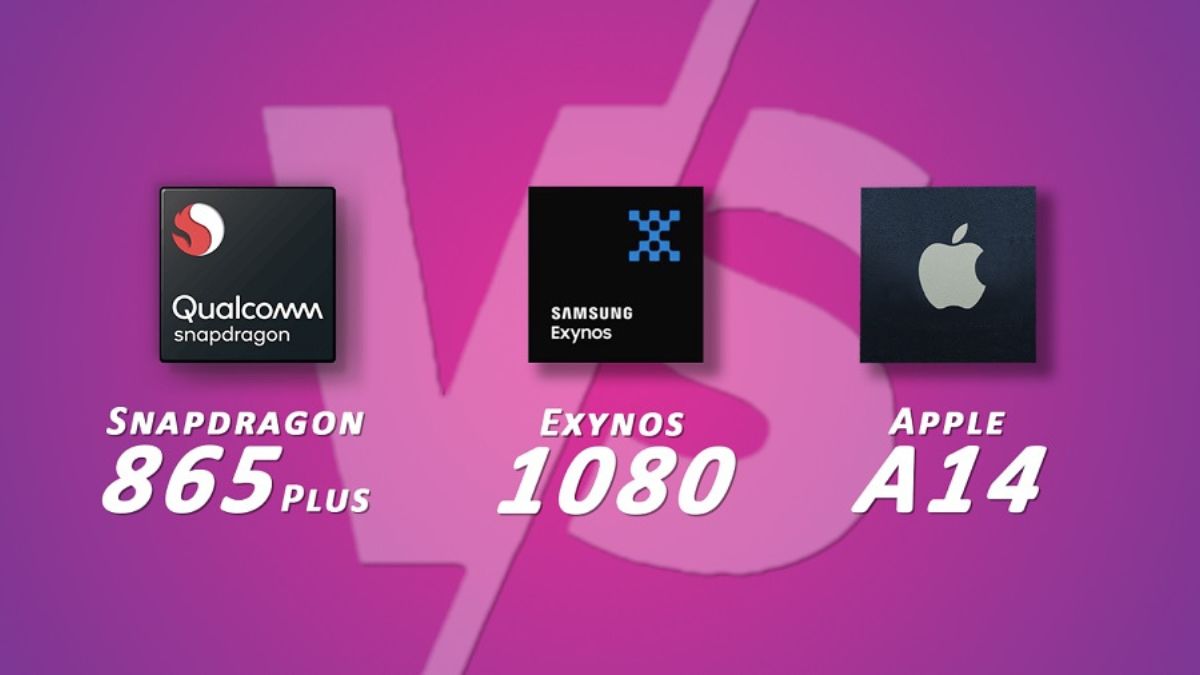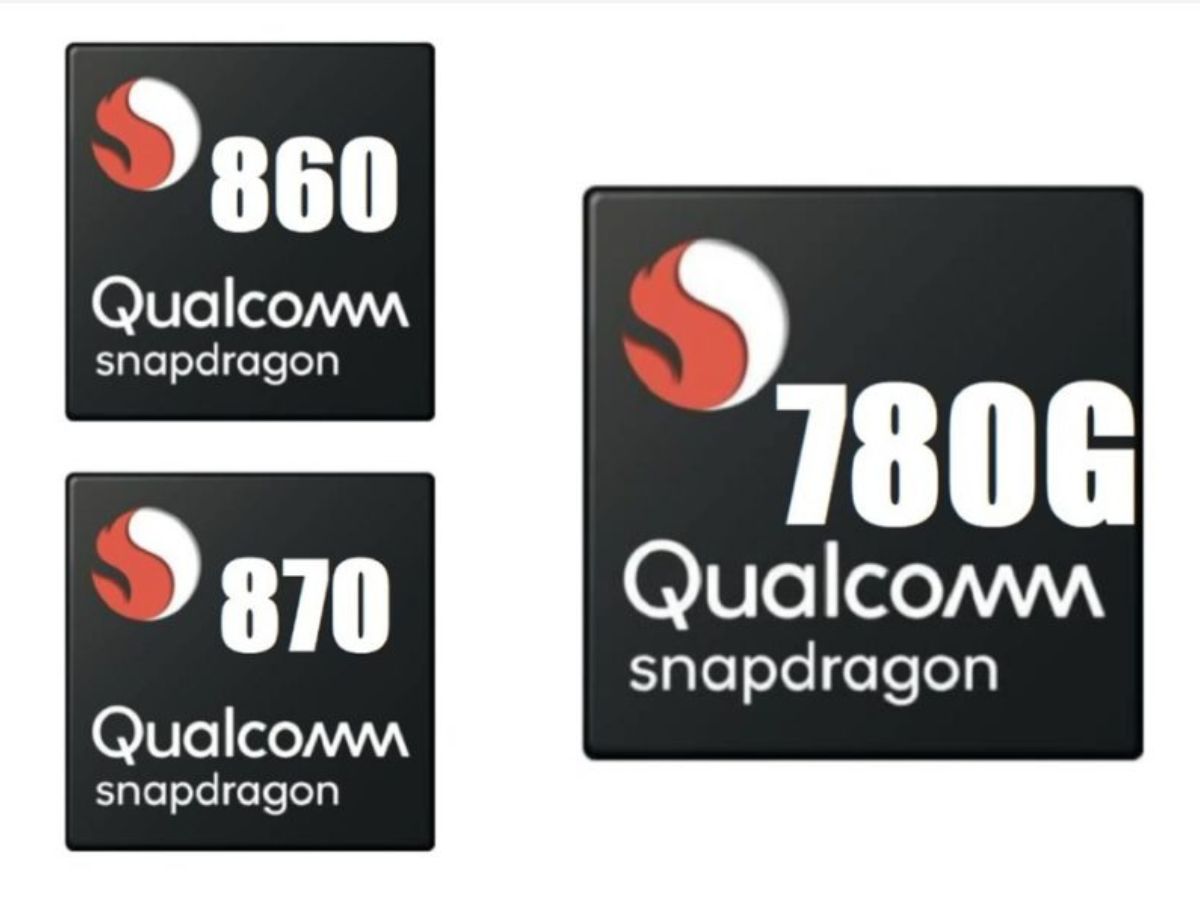
Samsung is one of the market leaders in the smartphone industry. The company is best known for its high-end Galaxy “S” series. But, at the same time, there are many popular mid-range phones from Samsung, being sold globally. It is worth noting that the company uses self-manufactured Exynos chipsets instead of cutting-end Snapdragon processors for its flagship phones. The company recently introduced Exynos 1380, which is being used in many mid-range phones such as Samsung Galaxy M35 5G, Galaxy A54, and Galaxy A35 5G phones.
This segment directly competes against the Snapdragon 7 Gen 3, which is used on many Android mid-range phones, such as Vivo T3 Pro, Honor 200, OnePlus Nord CE 4, and many others. Hence, in this article, we will compare the Snapdragon 7 Gen 3 vs Exynos 1380 in various aspects, whether it is CPU, GPU, or benchmarking scores. So without any further delay, let’s get started!
Snapdragon 7 Gen 3 vs Exynos 1380 Compare
Let’s compare the full specs of Snapdragon 7 Gen 3 vs Exynos 1380 side by side:
| Snapdragon 7 Gen 3 | Exynos 1380 | |
|---|---|---|
| Total CPU Cores | 8 | 8 |
| CPU Architecture | 1x 2.63 GHz – Kryo Prime (Cortex-A715) 3x 2.4 GHz – Kryo Gold (Cortex-A715) 4x 1.8 GHz – Kryo Silver (Cortex-A510) | 4x 2.4 GHz – Cortex-A78 4x 2 GHz – Cortex-A55 |
| GPU | Adreno 720 975 MHz | Mali-G68 MP5 950 MHz |
| Manufacturing | TSMC | Samsung |
| Process | 4nm | 5nm |
| RAM | 16GB LPDDR5 3200 MHz | 8GB LPDDR5 3200 MHz |
| Display | 3360 x 1600p | 2960 x 1440p |
| Camera | Up to 200MP | Up to 200MP |
| Storage | UFS 2.2, UFS 3.1 | UFS 2.2, UFS 3.1 |
| Modem | Snapdragon X63 Download: 5000 Mbps Upload: 3500 Mbps | LTE Cat. 18 Download: 3500 Mbps Upload: 1280 Mbps |
| Announced | November 2023 | February 2023 |
| Model Number | SM7550-AB | S5E8835 |
| Antutu | 7,28,948 | 5,86,286 |
| Geekbench | Single-Core: 1068 Multi-Core: 3074 GPU: 3474 | Single-Core: 1001 Multi-Core: 2805 GPU: 3040 |
| 3DMark | Wild Life: 5414, 32 FPS Wild-Life Stress: 5405, 95.2% Wild life Exteme: 1483, 99.6% | Wild Life: 2813 Wild-Life Stress: 2802, 92.2% Wild life Exteme: 805, 99.6% |
CPU Performance
The central processing unit AKA CPU plays a vital role when it comes to performance. So we will start with the CPU performance. Starting with the CPU cores, both Snapdragon 7 Gen 3 and Exynos 1380 are powered by an octa-core CPU, but the structure is different. The Snapdragon 7 Gen 3 uses a tri-cluster CPU, where the Kryo Prime (Cortex-A715) is clocked at 2.63GHz, followed by three KRYO Gold (Kryo-A715) cores with 2.4GHz frequency and four Kryo Silver (Cortex-A510) cores remain at 1.8GHz.
On the other hand, Exyos 1380 comes with a dual-cluster CPU having 4x Cortex-A78 cores clocked at 2.4GHz and the remaining four power-efficient Cortex-A55 cores clocked at 2.0GHz. Looking at the CPU structure, Snapdragon 7 Gen 3 definitely wins the game because it has the latest architecture. But the Exynos 1380 is not bad either. After using both the chipsets, I have concluded that Exynos 1380 is slightly less power- efficiant compared to the Snapdragon 7 Gen 3. But there is no major issue in day-to-day tasks on both the chipsets.
Additionally, the Snapdragon 7 Gen 3 is fabricated on a highly power-efficient 4nm TSMC processing node, while the Exynos 1380 has Samsung’s 5nm processing node. Furthermore, Qualcomm’s optimizations take the Snapdragon 7 Gen 3 to the next level when it comes to efficiant. Overall, the CPU department is powerful enough on both the chipsets. But Snpadragon 7 Gen 3 has the advantage of great power efficiency without consuming too much battery.
GPU Performance
If we speak about GPU, the Snapdragon 7 Gen 3 comes with an Adreno 720 graphics unit under the hood, which clocks at 975MHz. Meanwhile, the Exynos 1380 is equipped with Mali-G68 MP5 GPU clocked at 950MHz. If we compare with each other, Adreno 720 takes a massive lead in the GPU department.
The Mali-G68 MP5 is also powerful but tends to underperform compared to the Adreno 720 in direct benchmarks and gaming scenarios. The Mali GPU may consume more power under heavy loads compared to Adreno. All in all, The Adreno 720 in Snapdragon 7 Gen 3 generally outperforms the Mali-G68 MP5 in the Exynos 1380, especially for gaming and graphic-intensive applications. I have run multiple tests to support this claim and every test came in favor of Adreno 720. We will discuss benchmark scores later in this article.
Connectivity
Equipped with the Snapdragon X63 modem, the Snapdragon 7 Gen 3 chipset offers extensive connectivity capabilities. The Snapdragon X63 modem brings robust support for both Sub-6 GHz and mmWave 5G. This enables broader 5G compatibility across different regions and networks, allowing users to experience high-speed data across various carrier networks globally.
The X63 modem is capable of download speeds up to 5000 Mbps, making it highly suitable for data-heavy activities like streaming 4K video, gaming, and downloading large files quickly. Snapdragon 7 Gen 3 can achieve upload speeds of up to 3500 Mbps, which supports faster file uploads, seamless video calls, and smoother social media streaming. The chipset also includes support for Wi-Fi 6/6E, Bluetooth 5.2, and dual-frequency GPS, making it versatile for both high-speed internet and precise location-based services.
The Exynos 1380 chipset has an integrated modem, which is also optimized for 5G with the support of various 5G bands. The Exynos 1380 provides download speeds of up to 3500 Mbps, which is quite fast for a 4G modem but doesn’t match the speeds of Snapdragon 7 Gen 3 on 5G. It offers upload speeds of up to 1280 Mbps, which is adequate for standard tasks but lags behind the 5G-supported Snapdragon 7 Gen 3. It further supports Wi-Fi 6 and Bluetooth 5.2, providing reliable wireless connectivity but lacking in advanced features like Wi-Fi 6E.
Benchmark Scores: Antutu, Geekbench, 3DMark
Benchmark scores offer insight into the real-world performance of the Snapdragon 7 Gen 3 and Exynos 1380, highlighting differences in processing power, graphics capabilities, and efficiency. Here’s a general comparison based on anticipated scores in key benchmarks, though actual scores can vary depending on device implementation and optimizations.
Antutu Scores
AnTuTu combines CPU, GPU, memory, and UX performance to give an overall score representing general device responsiveness and multitasking capability. The Snapdragon 7 Gen 3 achieves a high score of 728,948 on AnTuTu, highlighting its prowess in handling intensive tasks, advanced gaming, and smooth multitasking. This score puts it close to flagship-level performance, thanks in part to its advanced 4nm process, which provides more efficiency and power than older manufacturing processes.

The Exynos 1380 scores 586,286 on AnTuTu, which, while solid, is noticeably lower than the Snapdragon 7 Gen 3. This score represents a solid mid-range performance, capable of handling everyday tasks, light gaming, and moderate multitasking without issue. All in all, Snapdragon 7 Gen 3 clearly holds the advantage in AnTuTu, indicating better all-around performance, particularly in scenarios that require both CPU and GPU power. The Exynos 1380, while capable, is more tailored for mid-range devices.
Geekbench Scores
Geekbench scores reflect CPU performance in both single-core and multi-core scenarios, highlighting capabilities for single-threaded tasks and multitasking. The Snapdragon 7 Gen 3’s single-core score of 1068 demonstrates its ability to handle single-threaded tasks efficiently. In multi-core performance, Snapdragon 7 Gen 3 scores 3074, highlighting its strength in multitasking and handling demanding applications. Exynos 1380’s score of 1001 in single-core performance is competitive but slightly lower.

The Cortex-A78 cores, though powerful, are less advanced than the Cortex-A715 in the Snapdragon 7 Gen 3, resulting in lower peak performance for single-threaded tasks. The Exynos 1380’s multi-core score of 2805 reflects solid multitasking abilities but falls short of the Snapdragon 7 Gen 3. The combination of Cortex-A78 and A55 cores provides reliable performance but lacks the efficiency and processing power found in the Snapdragon.

The Geekbench also started measuring GPU. So, we have also run GPU performance tests on Geekbench. The GPU benchmarks reveal how well each chipset can handle graphics-intensive tasks, such as gaming, high-definition video playback, and graphics rendering. The Snapdragon 7 Gen 3’s Adreno 720 GPU achieves a score of 3474 in GPU performance benchmarks, reflecting its capability to handle demanding 3D graphics, detailed rendering, and high frame rates in games.
Furthermore, The Exynos 1380’s Mali-G68 MP5 GPU achieves a score of 3040, a respectable score for mid-range devices. While it can handle most modern games and HD video playback, it lacks the advanced power management and peak performance of the Adreno 720.
3DMark Scores
The 3DMark test evaluates GPU stability and performance under continuous heavy workloads, simulating gaming or graphics rendering over long periods.
Starting with the standard 3DMark, the Snapdragon 7 Gen 3 scored 5414 in the Wild Life test with an average of 32 FPS. This benchmark reflects its ability to handle intensive graphics rendering and gaming with smooth frame rates and minimal lag. The high FPS is a testament to the Adreno 720’s efficiency and power, which keeps graphics smooth without sacrificing battery life.

Exynos 1380 scored 2813 in the Wild Life test with an average of 16.70 FPS, indicating a less powerful GPU than the Adreno 720. While it provides adequate frame rates for casual games and moderate graphics tasks, it may struggle with more demanding, resource-intensive applications, especially at high graphics settings.

In the stress test, the Snapdragon 7 Gen 3 demonstrated 95.2% stability, maintaining high performance with minimal degradation over time. The Exynos 1380 shows 92.2% stability in the stress test, which is solid but slightly lower than the Snapdragon. While it can maintain performance for most sessions, it may show some minor degradation during prolonged heavy workloads.

In the Wild Life Extreme Stress test, which pushes GPUs to their limits, the Snapdragon 7 Gen 3 maintained a score of 1483 with an impressive 99.6% stability. This stability indicates minimal performance drop-off even under intense conditions, demonstrating the efficiency of the Adreno 720. Exynos 1380, while maintaining the same 99.6% stability, scored 805, indicating that while the Mali-G68 MP5 is stable, it has less peak performance capacity than the Adreno 720.
Wrapping it up, The Snapdragon 7 Gen 3 excels in 3DMark Wild Life tests with superior FPS and stability, showcasing its ability to handle graphics-intensive tasks smoothly and reliably. Exynos 1380, while stable, doesn’t match Snapdragon’s high FPS or peak performance, making it less suitable for high-end gaming.
Other Features
Snapdragon 7 Gen 3 supports up to 16GB of LPDDR5 RAM, which allows for a more extensive multitasking environment, accommodating demanding applications like gaming, productivity suites, and multitasking on a high level. It supports RAM speeds of 3200 MHz with LPDDR5 memory, which is crucial for fast data access and processing. The Exynos 1380 is designed to support up to 8GB of LPDDR5 RAM, which is sufficient for most mainstream tasks and even some gaming but may show limitations in extreme multitasking or heavy application usage.
Like the Snapdragon 7 Gen 3, the Exynos 1380 also supports LPDDR5 memory at 3200 MHz, ensuring efficient data throughput and power efficiency. Overall, Snapdragon 7 Gen 3 supports double the RAM capacity of Exynos 1380, making it more suitable for high-end applications and intensive multitasking. Both chipsets support LPDDR5, but the Snapdragon’s larger capacity gives it an edge in handling memory-demanding applications.
In terms of storage, Both chipsets support up to UFS 3.1, but Snapdragon 7 Gen 3 may be more commonly paired with UFS 3.1 in high-end devices, leveraging its performance potential fully, while Exynos 1380 may often be paired with UFS 2.2 for cost-effective, mid-range setups. As we know, UFS 3.1 is significantly faster than UFS 2.2, offering higher read and write speeds, which reduces loading times and improves data processing efficiency for applications and system performance.
Regarding the camera, Snapdragon 7 Gen 3 has a slight edge in camera capabilities with a more advanced ISP and AI-based enhancements, offering an improved photography experience, especially in low light and dynamic scenes. The Exynos 1380 still offers competitive camera support, making it well-suited for mid-range devices but may not deliver the same high-end imaging quality as the Snapdragon 7 Gen 3.
The Conclusion
In conclusion, the Snapdragon 7 Gen 3 and Exynos 1380 represent two distinct levels of performance within the mid-range to upper-mid-range chipset categories. While both chipsets offer competent performance suitable for daily tasks, the Snapdragon 7 Gen 3 clearly outperforms the Exynos 1380 in virtually every category, making it a more powerful and efficient option overall.
For users who want a higher-performance device with the ability to handle advanced tasks, gaming, and future-proofed AI capabilities, Snapdragon 7 Gen 3 is the clear recommendation. Its superior benchmark scores across AnTuTu, Geekbench, GPU, and 3DMark stress tests underscore its advantage in both processing power and graphical capabilities.
On the other hand, for users who prioritize affordability and don’t require the highest level of performance, Exynos 1380 offers solid mid-range capability, delivering good performance for regular tasks, light gaming, and general usage without straining battery life.
In summary, while both chipsets serve different user needs effectively, Snapdragon 7 Gen 3 provides a more powerful and versatile experience, particularly suited to users looking for upper mid-range or near-flagship performance.






